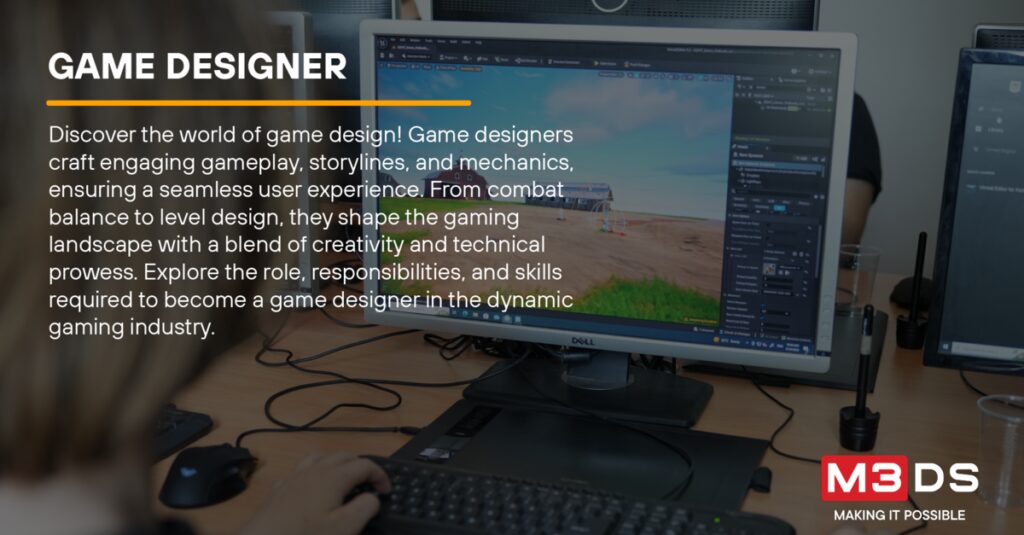Game design involves gameplay mechanics, level design, and user interface to create an engaging experience for players. Gameplay mechanics include rules and interactions, level design includes creating challenges and progression, and the user interface is how players interact with the game. Good gameplay mechanics provide a sense of accomplishment, level design should be visually appealing and progressively challenging, and the user interface should be intuitive and responsive. By understanding these elements, developers can create games that are enjoyable and memorable for players.
The Anatomy of Game Design: Gameplay Mechanics, Level Design, and User Interface
Introduction
Game design is a complex process that involves multiple elements working together to create an engaging and immersive experience for players. In this article, we will explore the key components of game design, including gameplay mechanics, level design, and user interface.
Gameplay Mechanics
Gameplay mechanics refer to the rules, systems, and interactions that govern how players interact with the game world. These mechanics determine the actions that players can take, the challenges they will face, and the objectives they must complete to progress through the game. Good gameplay mechanics are intuitive, balanced, and rewarding, providing players with a sense of agency and accomplishment.
Examples of Gameplay Mechanics
- Health and damage systems
- Movement and combat mechanics
- Puzzle-solving and exploration elements
- Resource management and economy systems
Level Design
Level design involves creating the environments, obstacles, and challenges that players will encounter as they progress through the game. A well-designed level should be visually appealing, strategically interesting, and progressively more difficult to keep players engaged and motivated. Level designers must consider factors such as pacing, difficulty curve, and player feedback to ensure that each level is enjoyable and challenging.
Principles of Level Design
- Clear goals and objectives
- Varied environments and obstacles
- Rewarding exploration and discovery
- Progressive difficulty and pacing
User Interface
The user interface (UI) is the means by which players interact with the game, including menus, buttons, HUD elements, and other visual and auditory feedback. A well-designed UI should be intuitive, responsive, and unobtrusive, allowing players to easily navigate the game world and access important information without distractions. UI designers must consider factors such as readability, usability, and accessibility to ensure that all players can engage with the game effectively.
Key Elements of User Interface
- Menu layout and navigation
- Information display and feedback
- Control customization and accessibility options
- Visual and auditory cues for player guidance
Conclusion
Game design is a multifaceted discipline that requires careful consideration of gameplay mechanics, level design, and user interface to create a compelling and immersive experience for players. By understanding the key components of game design and how they work together, developers can create games that are enjoyable, challenging, and memorable for players of all skill levels.
